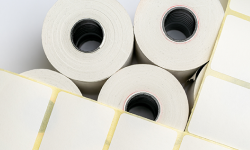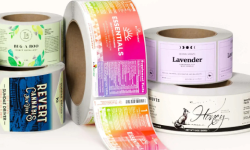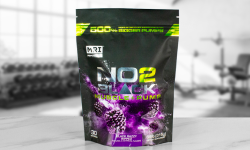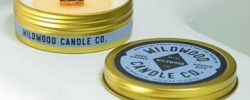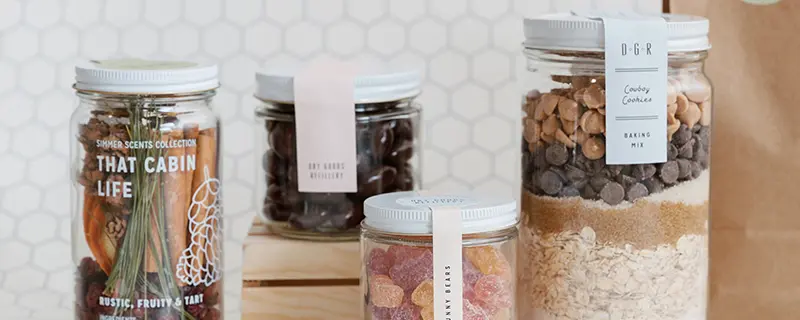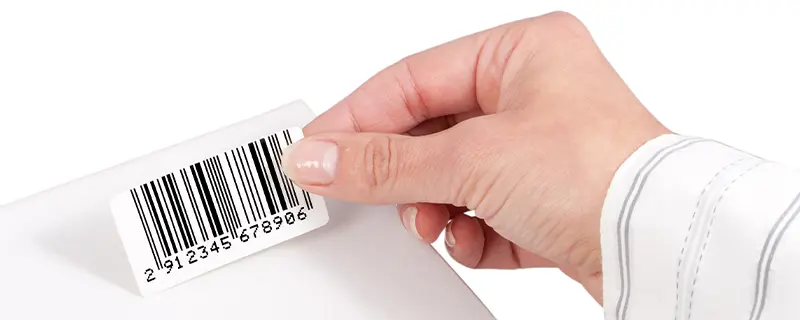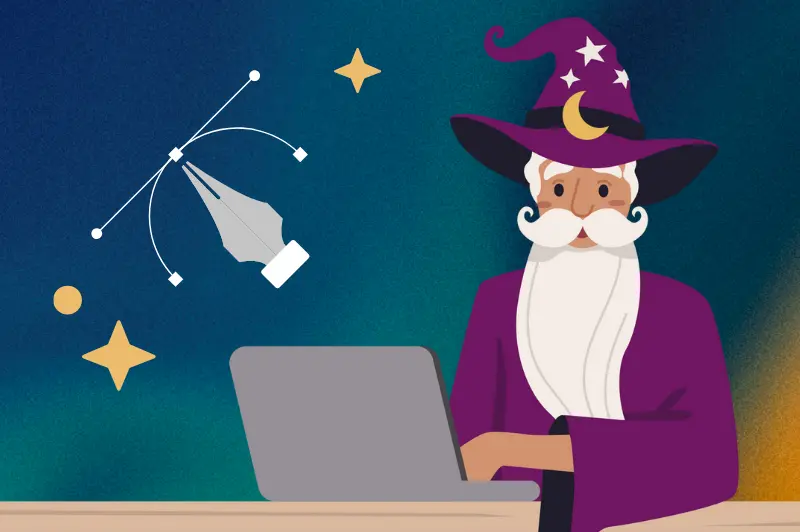We get asked for design assistance and/or recommendations a lot, which suggests there is much confusion about the steps involved in producing high-quality product labels. We touch on the importance of the design phase in various other publications and blog posts, but we’ll try to focus in more detail here.
First, it’s critical to understand that label design is a very important part of marketing your product successfully. A well-designed product label does a number of things:
- It informs the prospective customer about what your product is and what it does. It makes no sense to have a label that simply says “Superior Skin Therapy” if it doesn’t also tell the reader WHY you’re making that claim. Tell them what your product does to justify the marketing jargon – otherwise they’re left wondering and will turn to a competitive product on the shelf that explains itself better. That product may actually be inferior to yours, but information wins the day.
- It shows the prospective customer what your product looks like, preferably in a flattering way. How you do this will depend on the product itself – a food product could show the contents in normal use (e.g. a nicely presented plate as if being consumed in a meal setting). Not all products will lend themselves to a visual representation, particularly if the contents are simply a small ingredient of a larger product, but an image is always worth considering if it makes sense. Again, the intent is to make your product’s use obvious and not expect the prospect to interpret its intended use by reading a lot of text. Attention spans have dropped dramatically in recent years, so you need to design a label that educates in the shortest possible time.
- It attracts attention away from competitive products. An eye-catching product label will always fare better on a crowded shelf than a drab uninteresting one. Yes, this is a major part of the design task and everybody is fighting for the same space, but don’t get carried away with trying to be too radical or you may create a bigger (and more expensive) project than you expected when it comes to having your labels printed. One thing to keep in mind is that a professionally-designed label will usually just look better than something amateurish – after all, poor design is a visual distraction and only encourages viewers to focus on the wrong things.
- Last but not least, a product label design frequently needs to have various regulatory information included to meet legal requirements. Nutrition panels, safety warnings, and even usage instructions are often a necessary part of the label design. This affects how much space you have to work with, and how readable the information needs to be – which feeds into font selection and layout considerations. These are once again specialist skills that many designers do not encounter in their normal work.
It’s important to understand that there are well-proven approaches to product label design that just work – it’s not rocket-science but it is a special skill that comes with experience. It’s not enough to be a graphic artist or website designer without also having the knowledge specific to product design, and labels in particular.
For example, we often see product label designs that simply don’t fit the container properly and create major issues when the client (i.e. you) begins applying the labels to the finished product. This may sound simple, but different container shapes (and sizes) can make the label designer’s task very challenging if they don’t begin with the end product in mind – i.e. they need to begin at the end and work back to the beginning. Too many designers simply say “we need a 3” x 4” label” and begin the design – without testing whether that size and shape works in practice when applied to the product. As silly as it may seem, beginning with a sheet of paper and a pair of scissors would save a LOT of mistakes we see in our business.
So, when engaging a designer, always look for one who has extensive previous experience with product labels (and a portfolio to prove it)
If you’re serious about your product, you need to be serious about the labels – and that means finding a competent designer with the skills that product labels involve.
